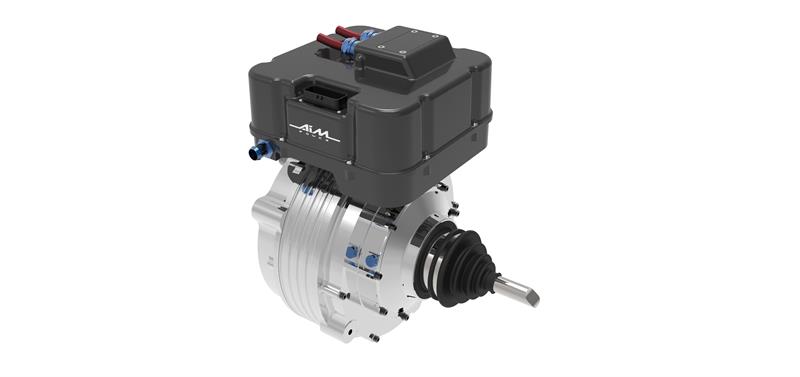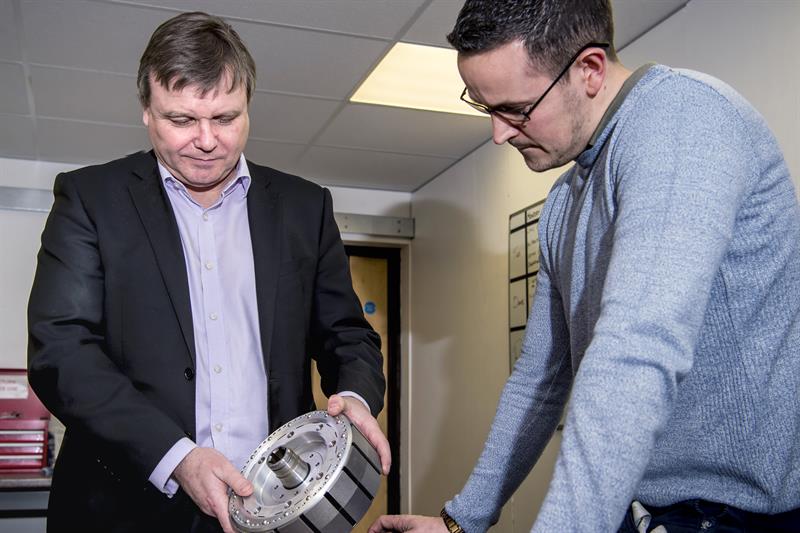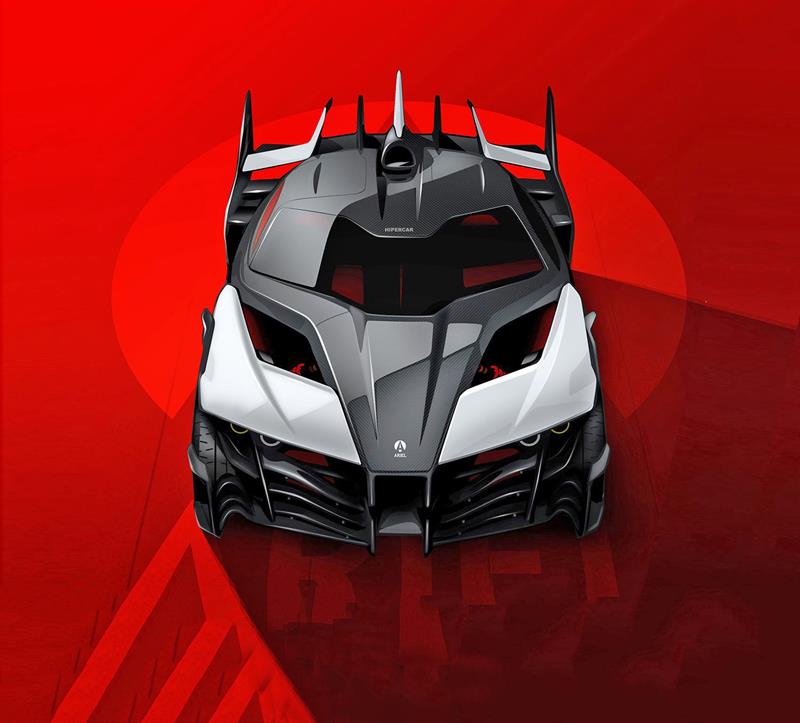“Two things really set the APM200 apart from other motors on the market,” Foley says. “The spoke motor itself has the highest torque density architecture for a permanent magnet motor and what we’ve done is worked out how to manufacture that cost-effectively and cool it very effectively. Our belief is that the main driver for the development of motors at the moment is the cooling systems.”
Foley has a career spanning 30 years, pioneering racing technology for the likes of Lotus and Williams in both World Endurance Championship and Formula One. More recently, when F1 cars began using KERS (kinetic energy recovery system) devices, Foley developed a high-speed flywheel for the Williams team which sored energy in a battery pack to be deployed in bursts to give the cars a boost when needed to overtake or defend.
“That was effectively a composite electric motor,” says Foley. “So, a huge amount of the learning from that went into this motor development and we’ve built on that. There is a huge amount of background knowledge and learning from the racing industry gone into it.”
 The APM200 motor weighs 40kg in a 318 x 247mm package and produces 220kW, maximum torque of 450Nm and a maximum speed of 10,000rpm. Equipmake says its liquid cooling system allows for longer continuous power output capability.
The APM200 motor weighs 40kg in a 318 x 247mm package and produces 220kW, maximum torque of 450Nm and a maximum speed of 10,000rpm. Equipmake says its liquid cooling system allows for longer continuous power output capability.
“With electric motors there’s always a large difference between the maximum power of the motor and its continuous power,” Foley explains. “The continuous power is always less because the motor will get too hot, we’ve put in a huge amount of effort into how to cool the motor better.
“We’ve got direct water cooling channels running up and around the rotor itself, close to the magnets, and back down again, keeping them cool, meaning we can run the motor harder for longer.”
A lot of development went into validating the system, Foley continues, because having high-flow water changing direction past the rotor can cause issues. A significant amount of CFD was carried out, but it was so complex that a specialist CFD company, TotalSim, was subcontracted to help solve the problem.
Another critical factor of the design was materials selection and the construction of the motor itself as it revolves at such high speeds. The rotor needed to be non-magnetic and very strong but also thermally conductive.
 “We’ve ended up with an aluminium motor because we can keep it cool and therefore it retains its strength,” explains Foley. “We use neodymium iron boron magnets, again because we can keep them cool. Neodymium magnets get more expensive the higher temperature rating they are. So, the fact that we’ve got this cooling system, where we can get the water very close to the magnet, means we can use the cheapest grade of neodymium but get very high magnetic strength.”
“We’ve ended up with an aluminium motor because we can keep it cool and therefore it retains its strength,” explains Foley. “We use neodymium iron boron magnets, again because we can keep them cool. Neodymium magnets get more expensive the higher temperature rating they are. So, the fact that we’ve got this cooling system, where we can get the water very close to the magnet, means we can use the cheapest grade of neodymium but get very high magnetic strength.”
As a result of its innovative cooling system, the APM200 rotor runs at around 100°C rather than typical electric motor rotors which tend to run at 150 to 200°C allowing cheaper materials to be used, driving down the cost of production.
According to Foley, both halves of the rotor are clamped together with standard bolts and the design of the motor means it holds itself together as the steel laminations slot into and interlock with the aluminium rotor and the magnets.
Foley says: “Compared to one motor that we have worked on and know quite a lot about, the APM200 is about half the volume and 80% of the weight while giving a very similar performance.”
Wishing to take advantage of a perceived two-year lead time over its rivals, Equipmake is now setting up a facility to produce the motors and powertrains for its current and more immediate projects. But the facility has the capacity to manufacture up to 10,000 units per year, a target it hopes to hit by 2020 thanks to interest from other automotive companies as well as aerospace and marine.

Use cases The APM200 was originally specified three years ago as part of the drivechain for niche automotive manufacturer, Ariel’s ultra-high performance, range extended, electric sports car project: Hipercar. Due for release in 2020, Hipercar prototypes have been fitted with one motor on each wheel. This means the total power output for the car is 880kW, or 1000bhp, which allows the car to accelerate from 0-60mph in 2.4 seconds, 0-100mph in 3.8 second and on to a top speed of 160mph. Another project Equipmake is involved in is the EBus drivechain for use in electric busses. It utilises two APM200 motors mated with Semikron SKAI inverters. The battery technology is provided by the latest generation batteries from AESC, which provides the batteries for the Nissan Leaf. The £2.5m project is being supported with funding from Innovate UK, and will see the first prototype vehicles tested in Q2 of 2019, with in-service testing starting some time in 2020. As for other areas of interest, Foley says: “We’ve focussed on automotive because of our current project and because that’s what our background is in, but we are interested in – and being approached by – industries such as aerospace and marine.” |












